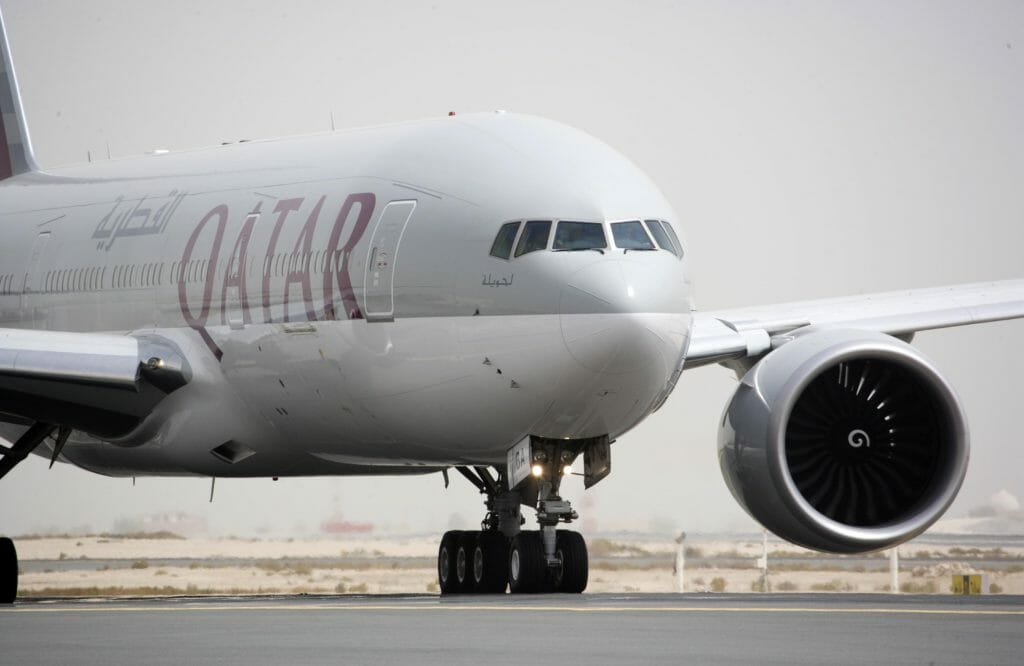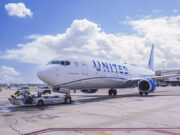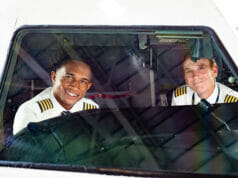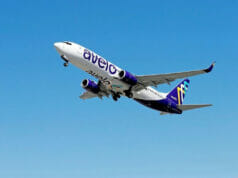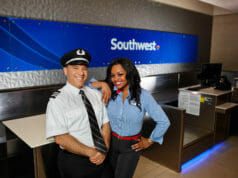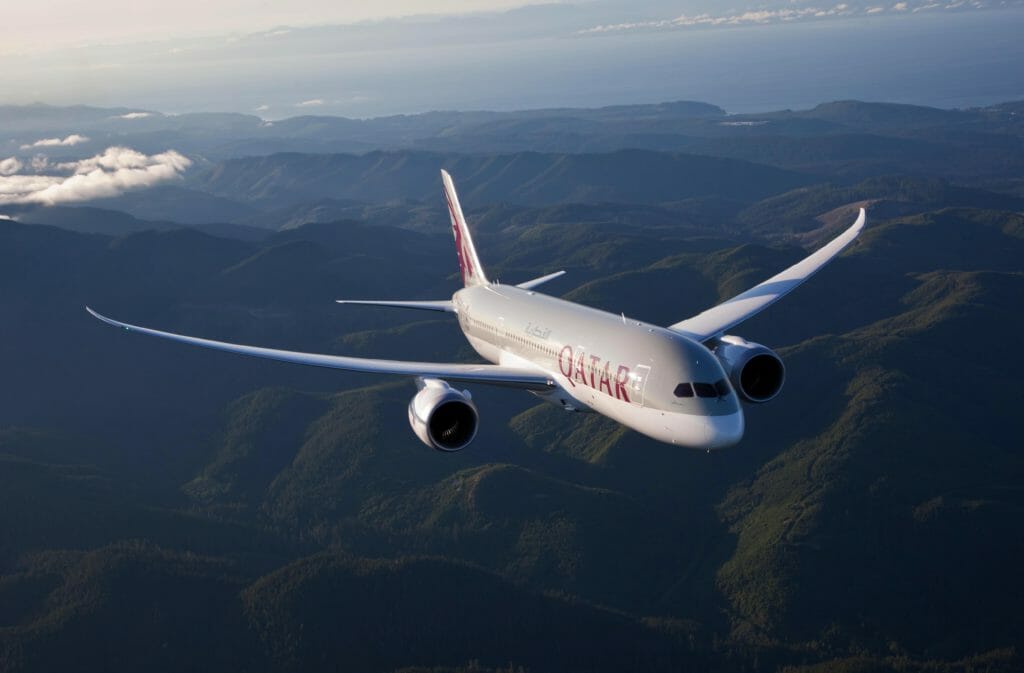
Qatar Airways is the national airline of the State of Qatar and one of the aviation industry’s big success stories. Operations began in 1994 when the airline was a small regional carrier serving a handful of routes. The airline was re-launched in 1997 under the mandate of the then Emir, His Highness Sheikh Hamad bin Khalifa Al Thani, who outlined a vision to turn Qatar Airways into a leading international airline with the highest standards of service and excellence.
Qatar Airways has since become one of the fastest growing carriers in the world with unprecedented expansion averaging double digit growth year on year.
The airline has developed under the dynamic leadership of Group Chief Executive, His Excellency Mr. Akbar Al Baker, who has been instrumental in turning Qatar Airways into an award-winning carrier and the best in the world.
Under Mr. Al Baker’s stewardship, Qatar Airways has matured into a leading force in regional and global aviation, earning many admirers around the world for its excellent standards of service.
In April 2011, Qatar Airways reached a milestone reaching 100th destinations in its global route map. Two months later, the airline achieved a remarkable feat, just 14 years after its re-launch, being named Airline of the Year 2011 at the annual Skytrax World Airline Awards with over 18 million travelers worldwide casting their votes. In July 2012, Qatar Airways was once again named Airline of the Year 2012, holding onto its title for the second consecutive year.
In October 2011, Qatar Airways attained another key milestone by taking delivery of its 100th aircraft.
Charting The Rise Of One Of The Fastest Growing Airlines In The World
During the Dubai Air Show in November 2011, Qatar Airways placed orders (firm and options) for 90 aircraft, comprising 80 of Airbus’ new A320 Neos, an additional eight A380 super jumbos and two Boeing 777 freighters.
During the 2013 Dubai Air Show the airline placed orders for more than 60 new aircraft – a mixture of Boeing 777X and Airbus A330 Freighters.
At the 2014 Farnborough Air Show, the airline placed an order for 100 Boeing 777X aircraft, taking Qatar Airways’ orders to more than 330 aircraft with a value of US $70 billion.
Global Network and Expansion
From Qatar Airways’ hub in Doha, the country’s capital, the airline has developed a global network of 146 destinations, covering Europe, the Middle East, Africa, South Asia, Asia Pacific, North America and South America with a modern fleet of more than 150 passenger and cargo aircraft.
During 2010, Qatar Airways launched flights to 10 new destinations including: Bengaluru (Bangalore), Tokyo, Ankara, Copenhagen, Barcelona, Sao Paulo, Buenos Aires, Phuket, Hanoi and Nice.
In 2011, another historic year for Qatar Airways saw the launch of flights to 15 destinations with expansion focusing on Europe – Bucharest, Budapest, Brussels, Stuttgart, Venice, Oslo and Sofia. Other new routes included Shiraz (Iran), Medina (Saudi Arabia), Kolkata (Calcutta), Entebbe (Uganda), Chongqing (China) and its entry to Canada with thrice-weekly flights to Montreal.
For 2012, Qatar Airways expanded operations to further destinations – Baku (Azerbaijan), Tbilisi (Georgia), Zagreb (Croatia), Perth (Australia), Kigali (Rwanda), Kilimanjaro (Tanzania), Yangon (Myanmar), Baghdad (Iraq), Erbil (Iraq), Maputo (Mozambique), Belgrade (Serbia) and Warsaw (Poland).
For 2013, Qatar Airways has expanded its global footprint to serve Gassim (Saudi Arabia); Najaf (Iraq); Phnom Penh (Cambodia); Chicago, its fourth gateway in the United States; Salalah (Oman), Chengdu (China), Basra (Iraq), Sulaymaniyah (Iraq), Clark International (Philippines), Ta’if (Saudi Arabia), Addis Ababa (Ethiopia) and Hangzhou (China).
In 2014, the carrier launched flights to Sharjah and Dubai World Central in the UAE, Philadelphia (USA), Edinburgh (Scotland), Istanbul Sabiha Gokcen Airport (Turkey), Larnaca (Cyprus), Al Hofuf (Saudi Arabia), Miami (USA) and Dallas/Fort Worth (USA). Qatar Airways has also announced its expansion with an increase in frequency and capacity to many existing routes.
Young Fleet
From only four aircraft in 1997, the airline grew to a fleet size of 28 aircraft by the end of 2003 and a milestone 50 by October 2006. Today the airline operates 152 aircraft to 146 destinations worldwide.
Qatar Airways has one of the industry’s youngest fleets with an average aircraft age under four years old. The Qatar Airways family includes several different Airbus and Boeing aircraft types – the long-range Boeing 777 passenger and freighter aircraft, the new Boeing 787, Airbus A340, A330, A350, A380, A300F freighter, A321, A320 and A319. The latter A319 includes a corporate jet version.
With the delivery of the A350 XWB aircraft in December 2014, Qatar Airways became the first airline in the world to operate every family of Airbus’ modern airliner portfolio, comprising the A320, A330, A340, A350 and A380.
Qatar Airways is one of the launch customers of the twin-deck Airbus A380-800 ‘super jumbo’ – the world’s biggest aircraft capable of carrying 555 passengers in a luxurious configuration. Qatar Airways has ordered 13 A380s with the first aircraft delivered in 2014.
In December 2014, Qatar Airways became the global launch customer of the Airbus A350 XWB aircraft with the first commercial service deployed on the Frankfurt route on 15 January 2015.
The company also operates corporate jets, including Bombardier Challenger 605s, Bombardier Global 5000s and a Global Express XRS, for its executive subsidiary Qatar Executive, launched in 2009.
Qatar Airways currently has over 330 new aircraft worth US$70 billion pending delivery over the next few years. This includes an order for Airbus’ new generation A350s, A320 Neos, A380s, A330 Freighters, Boeing 777s, Boeing 777Xs and Boeing 787s.
Global Achievements
Qatar Airways is proud to have been named Airline of the Year 2011 and 2012 in the annual Skytrax World Airline Awards. Over 18 million travelers worldwide cast their votes in the survey by the leading global airline industry audit.

Having been elevated to third best airline in the world by Skytrax in 2010, announcement of the 2011 results ranking Qatar Airways as Airline of the Year was a culmination of dedication and hard work by the airline’s workforce under the leadership of its Group Chief Executive Mr. Akbar Al Baker. To retain the award in 2012 was a magnificent triumph.
Already ranked Five Star for service excellence by Skytrax, the independent global aviation industry monitoring agency confirmed Qatar Airways as Best Airline in the Middle East for the eighth year. In 2014, Qatar Airways also won the Best Business Class in the World for the second consecutive year and World’s Best Business Class Airline Lounge for the second year consecutively.

Today the airline operates 152 aircraft to 146 destinations worldwide.
Safety
Qatar Airways was the first airline in the world to pass the International Air Transport Association (IATA) Operational Safety Audit with a maximum 100 per cent compliance in 2003 and passed the test again during the two-year renewal period in 2005, 2007, 2009, 2011 and in
June 2013.
The audit was set up to standardize and rationalize a number of safety and security procedures carried out by individual airlines for the purpose of code sharing. Qatar Airways was assessed on flight and ground operations, aircraft engineering, maintenance, operational security, cabin operations and management systems.
Hamad International Airport opened in April 2014 at a cost of US$15.5 billion and with an initial capacity of 30 million passengers a year. Once fully developed beyond 2015, the airport is expected to handle up to 50 million passengers a year. One of the project’s key features is that 60 per cent of the site is built on reclaimed land from the Arabian Gulf.
Qatar Airways is managing the new airport, designed to help shape Doha as a key regional and global aviation hub.
Passenger Traffic
During the 2003/2004 financial year, Qatar Airways carried 3.3m passengers, up 35% on the previous 12-month period. During the 2004/2005 financial year, passenger numbers rose sharply to 4.6m, while the figure topped 6 million in the 12-month 2005/06 financial period. The figure surpassed the 8 million passenger mark for the 2006/07 financial year and hit around 10 million passengers for the 2007/08 financial period.
The airline exceeded 12 million passengers for the 2008/09 financial year. In the financial year 2009/10, the airline exceeded 14 million passengers. During the 2010/11 financial year, the airline carried over 16 million passengers worldwide, hit over 17 million passengers in 2011/2012, and 18 million during the 2012/13 financial period. Qatar Airways exceeded over 22 million passengers in 2013/14.
Corporate Social Responsibility
As an industry leader, Qatar Airways and its group of companies strive to lead the charge towards environmental sustainability and corporate social responsibility. The airline is one of the leaders in new-generation fuel research and gives back to the communities in which we serve.
Qatar Airways goes beyond the current industry best practices for fuel and environmental management and is making a serious effort to ensure a sustainable future for the airline, its staff and its neighborhoods.
In 2012, Qatar Airways negotiated a worldwide partnership with Educate A Child (EAC), a global education programme launched by Her Highness Sheikha Moza bint Nasser of Qatar. EAC is designed to address the plight of 61 million out-of-school children around the world, who are denied access to quality primary education
The airline administers an innovative “Five Pillar Corporate Social Responsibility Strategy” which embraces Change Management, Communication, Environment, Integrated Fuel
Management and Sustainable Development.
Qatar Airways “Five Pillar” strategy is designed to limit the airline’s impact on global climate change, noise, local air quality, non-renewable resources and waste.
For further information:
Qatar Airways Corporate Communications Group
Tel: +974 – 44302072, Fax: +974 – 44302069
E-mail: qrmedia@qatarairways.com.qa
Web: www.qatarairways.com
Exclusive interview with Qatar Airways,
Senior VP HR Employee Services Nabila J. Fakhri
Craig: How do you select applicants to be brought in for an interview?
Nabila: Candidates are selected based on vacancy requirements. Once they are deemed qualified and shortlisted, they will be emailed our PSA (Pilot Suitability Assessment). Once they are successful with the PSA, they will be invited for an interview in Doha. If a candidate is not successful on any part of the process, they may reapply after six months.
C: How critical is it to attend a job fair to get an interview?
N: Not critical at all except to obtain information pertaining to Qatar Airways and our requirements.
C: What is the best way to prepare for an interview with your company?
N: Study basic ATPL questions and review simulator procedures and scenarios.
C: Do you recommend that applicants get to your headquarters city the day before and get a hotel room for the night?
N: The entire interview and assessment process is prearranged by Qatar Airways. All expenses including air fare, hotel and meal allowance is provided by Qatar Airways. Candidates coming from the USA will have at least a 12.5 hour flight to Doha. It is our goal to make traveling to Doha for the interview and assessment as seamless as possible. While traveling on Qatar Airways, each candidate will be able to experience our five Star hospitality.
C: Can you walk me through a typical interview process?
N: Day one: You arrive in Doha and will be greeted by Al Maha Services. Al Maha Services will assist you with immigration and will get you to your hotel.
Day Two: You will be picked up from your hotel in the morning and transported to Qatar Airways Tower Two. You will be given a short presentation about Qatar Airways and our benefits package. During this time, our Flight Crew Assessors will review your documents and credentials. It is essential that you bring all of your log books and other requested documents. After the presentation, you will be given a Technical Exam. The Technical Exam consists of fifty basic ATPL questions. After you complete the Technical Exam, you will be interview by a Qatar Airways Captain and First Officer. They are called Flight Crew Assessors. The Flight Crew Assessors will ask you about your career and experience.
Day Three: Sim assessment day. The SIM assessment will be in the evening. You will have the rest of the day off to relax. You will be transported from your hotel to the Qatar Airways Integrated Training Center (ITC) for your SIM assessment. Your SIM will be on an Airbus or Boing Aircraft.
Day Four: You will depart Doha.
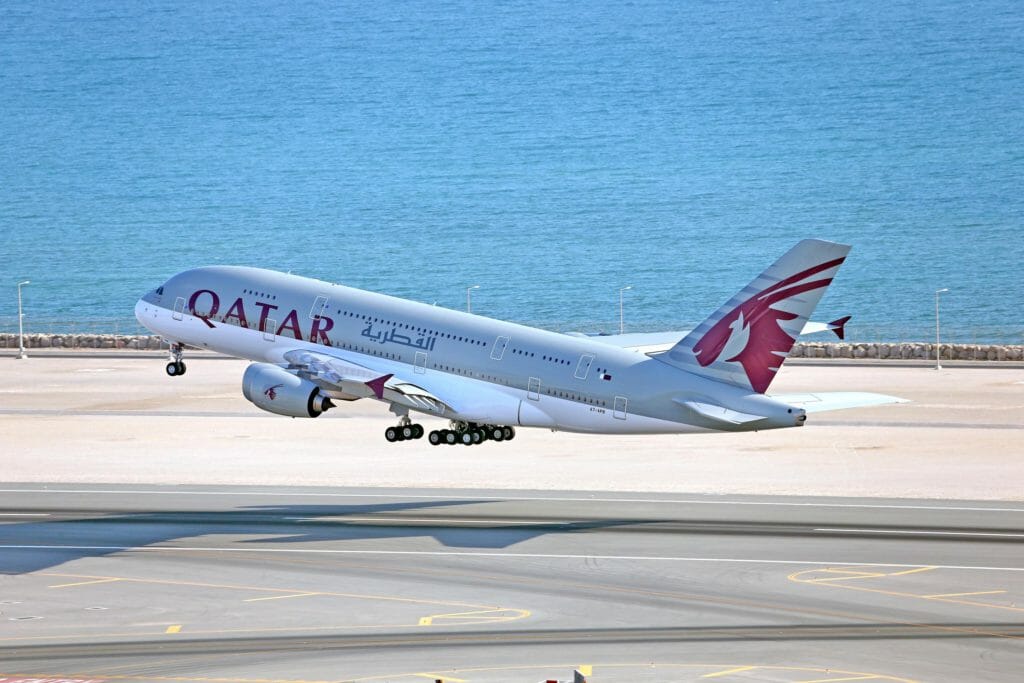
C: What are some of the biggest mistakes that applicants make during the interview process?
N: Prior preparation. Candidates do not complete all of the necessary paperwork before they arrive. Another big mistake is not bringing all of the required documents with them to Doha. If they do not present with the required documents, we may not be able to proceed with the interview. Candidates need to bring all log books, current license, etc.
C: Is there a written test?
N: Yes. A Technical quiz. This test consists of fifty basic ATPL questions.
C: What can you recommend applicants study for that test?
N: Search Google for Basic ATPL questions. A bank of questions will populate.
C: What type of aircraft is the simulator test done in?
N: Airbus or Boeing Aircraft
C: What are you looking for in the simulator ride?
N: Normal SIM check
C: Do you tell applicants they are hired in person that day?
N: They will be informed within two weeks however the candidate needs to pass each area of the interview and assessment. For example, if they are not successful on the Technical Exam, they will not proceed to the interview stage and will be informed. This may happen after each part of the interview and assessment.
C: How soon can an applicant expect a class date after being hired?
N: Depends on operational requirements. Normally three-six months
C: How many pilots does your airline expect to hire this year?
N: 636
